Full-text searches of books: print.google.com
She must spend all day just reading her comments. Sorry, but that would be too much!
I hope you enjoy these pictures as much as I do!
 Chris gave me an ant farm for my birthday, and we just
Chris gave me an ant farm for my birthday, and we justgot the ants in recently. Here they are starting away – Chris punched a
couple tunnels in to get them started.

This is as zoooomed in as I could get!
You can find the ant farm at ThinkGeek.com – a favorite website of mine.  They’re harvester ants with some
They’re harvester ants with some
cool looking bodies – huge jaws, heads, and abdomens. The blue gel is
both structural for the farm and nutritious for the ants.
A Quick Lesson in Apertures and Shutters


On the left - I used a 1/25
sec (fast) shutter, meaning the camera let in light for 0.04 seconds.
The aperature was set to 2.2, meaning the opening was a big as my
camera could handle. On the right - I used a 4 second (slow) shutter, but the aperture was really small (8.0) so that the image isn’t flooded with light.
in focus in one and out of focus in the other. When the camera had a
fast shutter with a large opening, only the close objects are in focus,
blurring everything else (on the left). On the right, the foreground
and background are in focus! That’s the result of the slow shutter and
small opening.
picture on the left
is grainy. Remember buying film? 100 speed for outdoors? 400 speed for
indoors? Digital cameras use this principle too. I used 400 speed
digital “film” on the left which is more grainy but is more sensitive
to light so I could use a fast shutter. On the right is 50 speed film
which does the reverse. An automatic setting on your camera handles all
of these factors, but it’s fun to play with them. In fact, the ants
were always blurry with autofocus, so I did that manually.




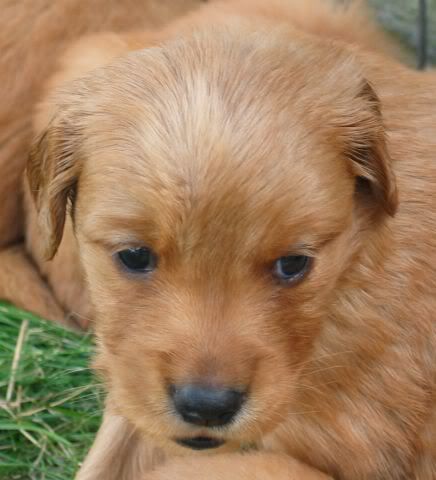
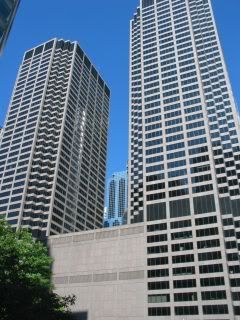
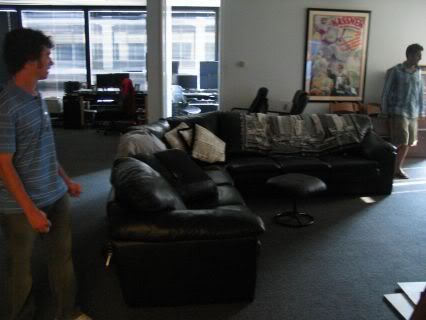 On
On

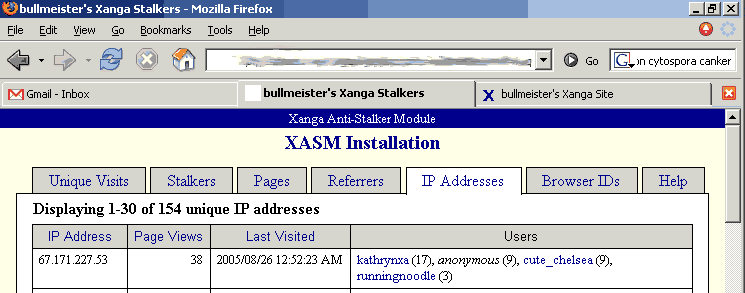

 At 6:15am on Saturday, the plane left
At 6:15am on Saturday, the plane left And we live in an oh-so-connected world! Driving through Portland,
And we live in an oh-so-connected world! Driving through Portland,
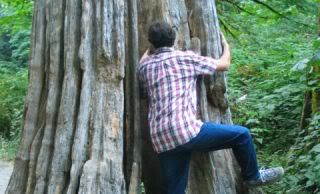
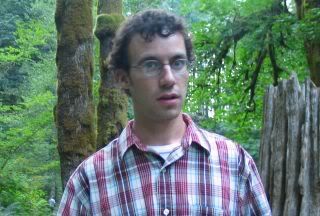

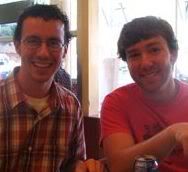
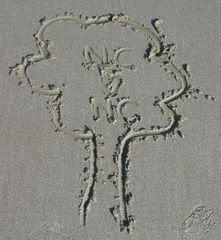

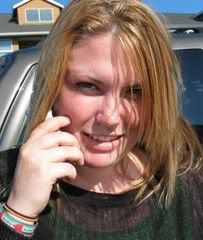
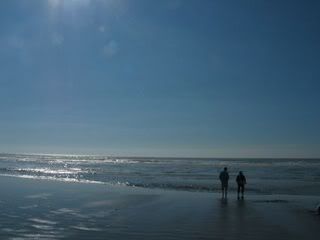
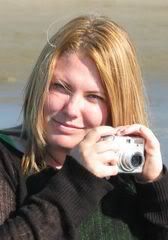

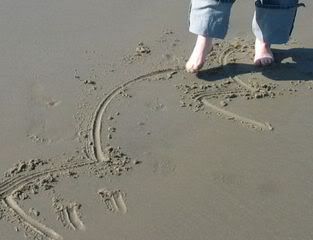
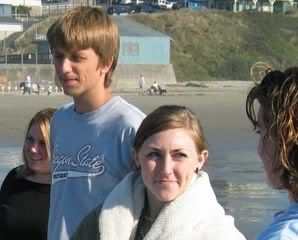




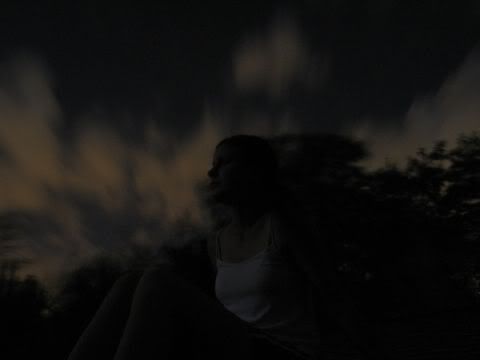
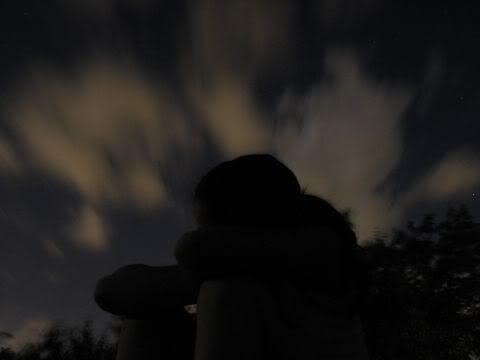
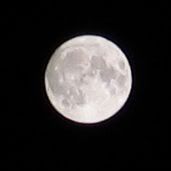
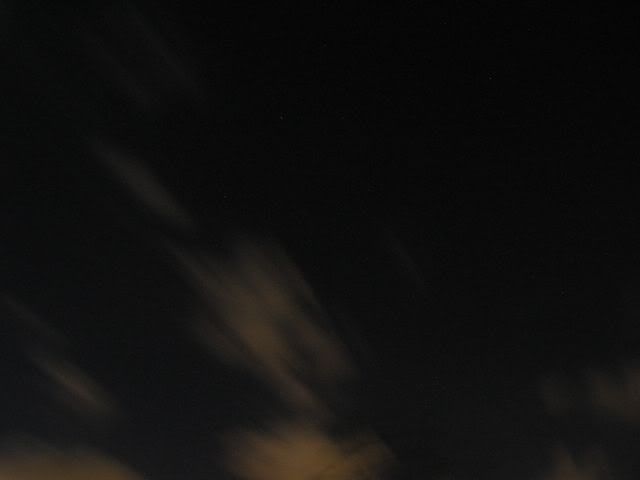
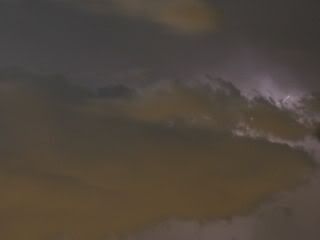
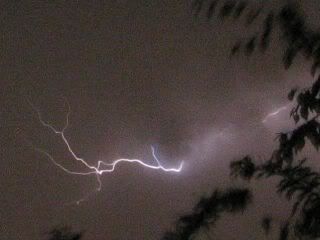
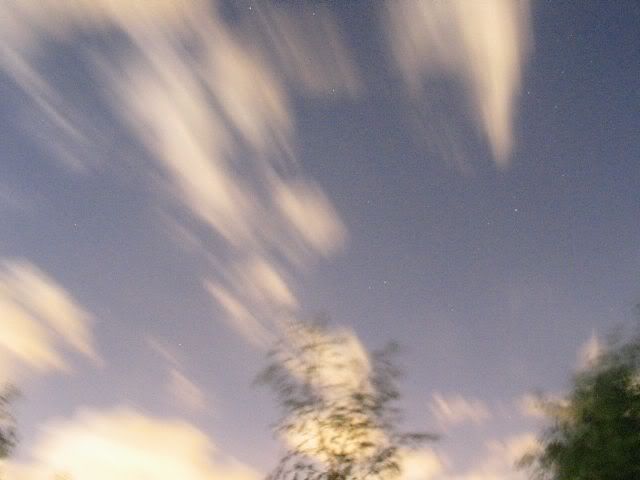
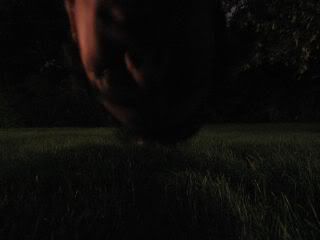
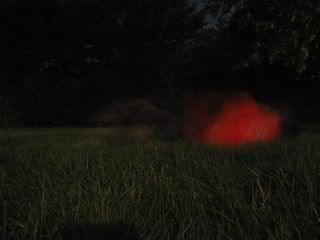

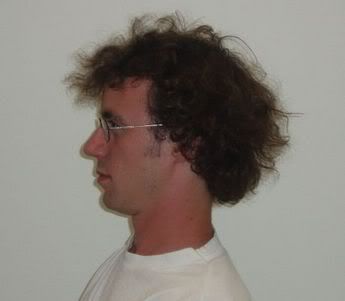


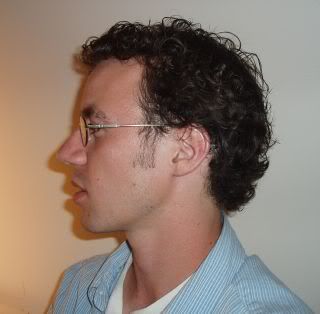
 “My
“My